What Happened To The Modern Smartphone Market?
It's harder than ever to find a mid-range phone in android or iOS that does everything you want it to. But why? Let's analyse the smartphone market in 2020 and go through the best phones for the year.
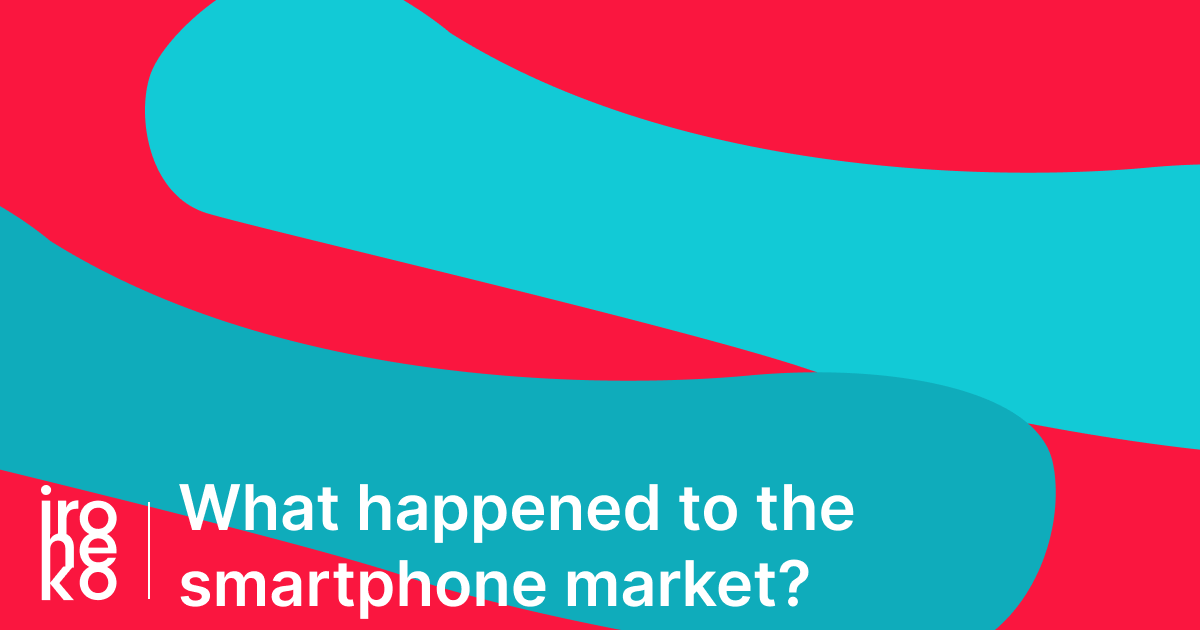
All Out of Options
I had a Oneplus 3 for years and I loved it. It was sturdy, beautiful and surprisingly powerful for just £309. When it broke suddenly last year I found myself in a real pickle of indecision over how to replace it.
I quickly learned that in the years while owning my Oneplus, the mid-range smartphone market almost entirely vanished. Cue two months of indecision to my (and my girlfriend's) dismay.
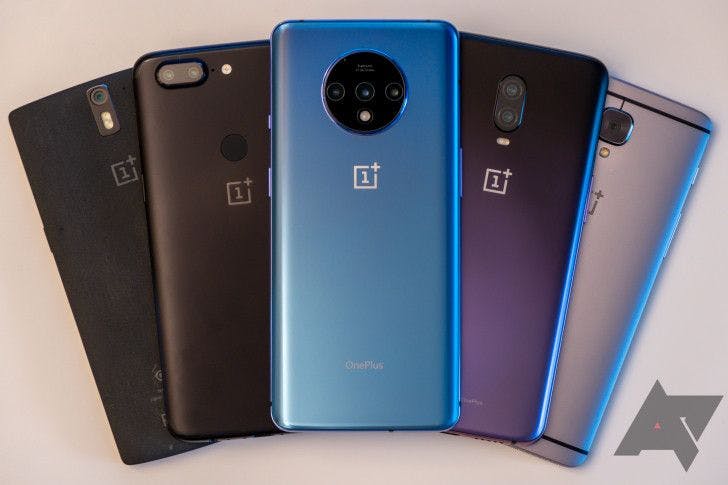
Evolution of the ever-reliable OnePlus
Death of the Mid-Range Smartphone Market
As with all factions of the tech industry, there's a very simple evolution to the market. At its conception, when an idea is new, startups and big businesses alike will try to break into the market by creating their own version of the groundbreaking product.
This is the period in which most innovation happens as hundreds race to become an established brand. But it can't last forever.
As soon as the new product-type is firmly established, only the most successful companies remain. And because no significant innovation is needed, stagnation happens. This is where we currently are in the smartphone market.
This exact same trend happened with:
- Personal Computers
- Laptops
- Social Media websites
- Apps
- Games
- etc.
How the iPhone came to dominate the mid-range market
In 2016, as the race for innovation began to die down, iPhones became a favourite of the older and less tech-savvy crowd. This was due to their streamlined UX, but also to just how cheap iPhones become a couple of years after release.
The iPhone SE, for example, can be bought for about £300 new. It's compact and extremely solid, with modern hardware. For the same price that'd fetch you little more than a not-so-great, low-range Android, you can get a fantastic Apple experience (provided you don't mind a smaller screen).
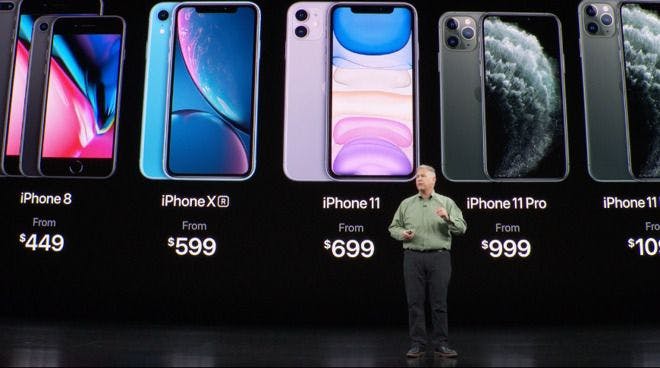
And or the much newer iPhone 8, you can get away with spending around £450 for a still very modern phone.
Sure, Apple still likes to brand themselves as the "expensive" choice by pricing their new phones at thousand of dollars, but as long as you're willing to aim for lower than the newest of the new, you can get pretty much the best deal on the market.
Thanks to their attention to detail, great software and hardware, Apple's old phones are amazing even years after release.
I personally used a 7 year old iPhone 6 for a month, and was legitimately surprised by the results.
Apart from issues related to usage (such as short battery life), this £25 phone performed much better than its Android price counterparts.
The problem with Android
Android has come a long way, from its inception as a broken UX nightmare to the powerful and customisable tool it is today. The only thing keeping Android back now is the blind determination of phone manufacturers to stand out.
There's nothing wrong with that ethos of course, but unfortunately many manufacturers do it at the expense of usability and performance. I mean, does the Google Pixel 4 really need a bar that sees your hand gestures? No. Of course it doesn't.
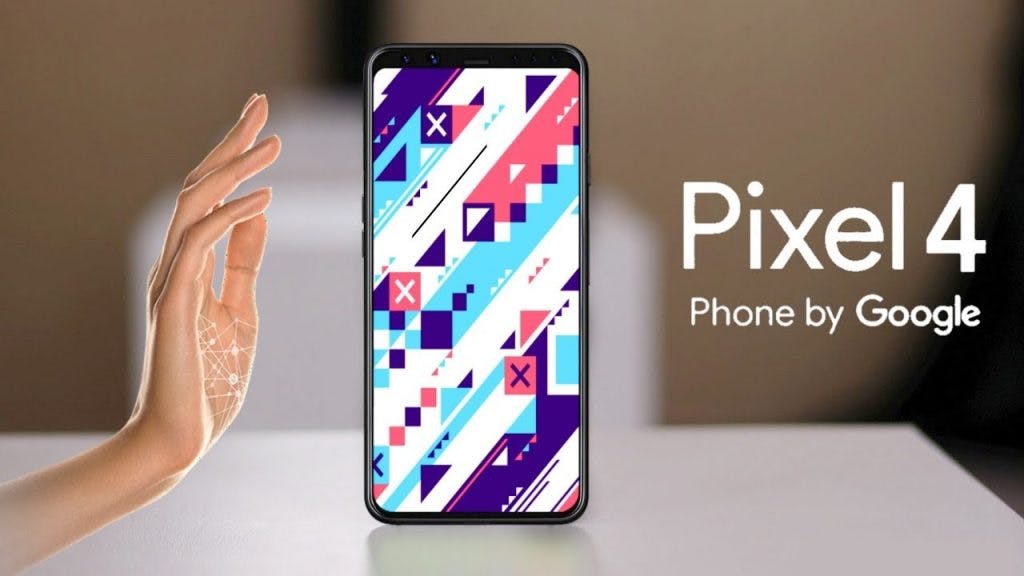
The Android line-up is littered with smartphones with weird quirks or with pointless UI changes - I'm looking at you Samsung - or even ads within the OS itself.
The situation is unfortunate, but also understandable to an extent. Since all these manufacturers use the same OS, they need a way to make their products stand out. But why not just spend that time refining Android to match Apple's attention to detail? Maybe one day.
Quality Woes on both sides
On one hand, we have phones that are all around okay. iPhones have decent hardware and a fantastic UX, but at the price of being extremely locked down. What you get when you buy an iPhone is all it will ever be. Customization is kept to the absolute minimum.
On the other hand, we have Android phones, which are generally pretty bad unless they're top of the range. Even then, it's important to avoid the minefield of manufacturer-specific issues, which is no easy feat.
Being a poweruser is difficult nowadays.
Let's be honest: the average person probably doesn't lose sleep over this. It's people like me, and probably you if you're reading this, that end up suffering because of the current state of the smartphone ecosystem, paying through the nose for phones that we know could be so much better for their price-tag.
Do you chose a smartphone that is easy to develop for, or one that has great UX? Or a smartphone with amazing hardware, but horrible UI. It's a hard decision, and the reality of it is that there is no right choice.
Ironeko's 2020 Best Smartphone Shortlist
All this aside, there are a few phones out there right now that we'd sincerely recommend.
Oneplus7T
An absolutely solid phone every aspect. Feature packed and well optimized. And it runs the best version of Android on the market: OxygenOS (which ironically is the closest to stock Android).
This ended up being my choice. It's a fantastic phone, even though it's on the slightly more expensive side at £549. I was especially surprised by its dual speakers situated at the top and bottom of the phone as well as its almost bezel-less design.
The deciding factor here though was the 90hz screen. It really is worth the extra cost. It's a solid choice for anyone who consumes a lot of visual media.
iPhone XR
The iPhone XR ended up being my girlfriend's choice. Apple here doesn't disappoint, and the XR is now cheap enough to be a very strong option for the general public.
What really sets the iPhone apart are its ecosystem and apps. Apps developed for iPhones simply have an extra level of shine. Even some of Google's own apps simply function better on iOS, especially Chrome.
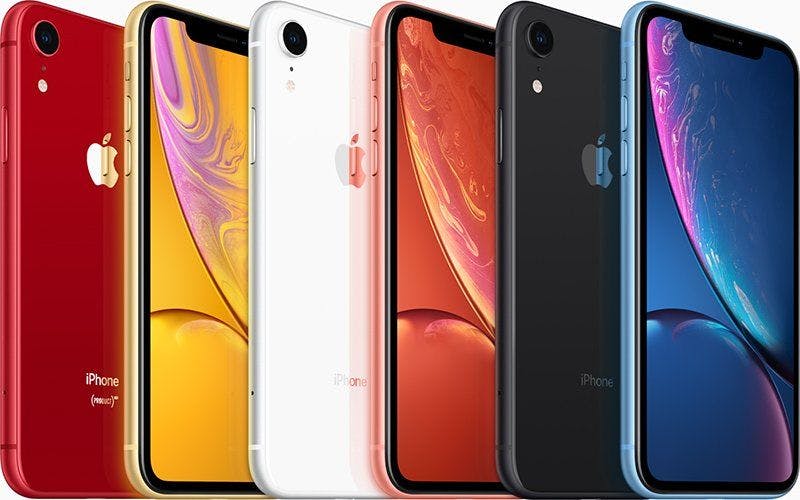
The iPhone XR's battery life is almost unbeatable. You can really tell Apple went the extra mile to optimize the hardware and software as much as possible, so it should stand you in good stead for a long, long time.
At £629 it's a bit steeper than the Oneplus, but if you want a streamlined experience this should be your choice.
Xiaomi Mi Mix 3
I like Xiaomi. They've got a lot of interesting tech, most of it not even available in the US and Europe. The Mi Mix is one of their few phones to be available in the west, and it's an odd one.
It features a sliding mechanism like an early-2000s phone and a hidden front camera. It has okay hardware, notably bereft of face unlock. And you have to put up with Xiaomi's MiUI (which Xiaomi seems to be focused on improving).
At £499 it's a bit steep for what it offers, but it's a lot better than other lower-end phones and a lot cheaper than most other options with similar specs. Because of this, I nearly bought it.
Smartphones to Absolutely Avoid
These are some of the worst options for a phone you could choose in 2020.
Anything from Huawei
If you've been in any mobile carrier store lately, you might have noticed how much their staff seem intent in pushing these phones at any opportunity.
There is a very good reason for this: Huawei is not allowed to access Android updates from Google as well as using Google services on their future devices. Because of this, Huawei phones have dropped in value overnight, and stores are eager to get rid of them.
Huawei have their own Android version in the works, but without Google's Play Store, I've got strong doubts about their success in the west.
Google Pixel 4 and Pixel 4 XL
I had very high hopes for the Pixel 4. It was my first choice... before I looked closer at the specs and price.
I love the look of these phones and the way Google absolutely pushes the boundaries of Android here. Because of this, it can be easy to be dazzled by them. But asking £669 for the cheap option containing extremely low-end hardware, the Pixel 4 feels almost like a scam. And the XL is simply outwith a reasonable budget.
There's dozens of better options on the smartphone market compared to the Pixel. Don't let Google fool you with their marketing.
iPhone 11 and iPhone 11 Pro
I have a very hard time finding any reason to recommend the iPhone 11 over the XR, XS or X. They're more expensive but with close to no improvements.
More cameras are not worth that price spike. I've tried both devices and the difference simply isn't big enough to warrant the difference in cost.
In conclusion...
Is there hope for the rebirth of the mid-range smartphone market? Perhaps. Is it hard to find something satisfactory, customisable and long-lasting that won't completely break the bank? God yes. But the market can't stagnate forever.
Just look at modern headphones - a decade ago, a sturdy quality pair might have set you back £50, and now you can get the same thing for £30. You can spend up to £100 on headphones now, sure, but the mid-range exists.
In particular, OnePlus seem intent on still creating high-end phones for a reasonable price, and I hope they keep doing so. I know I'm biased, but having played about with Android and iOS a lot in the past couple of months, the OnePlus7T struck me as the most exciting choice, particularly for developers.
Of course, just one choice isn't ideal. So here's to more options in the smartphone market's future, and resisting Pixel temptation (for now)...
